Many job seekers feel as if they are powerless in a job interview. 
After all, you are the one ANSWERING questions, right? It’s normal to feel as if you are shooting at an invisible target trying to connect your answer with what an interviewer wants to hear.
But actually, that’s the wrong approach.
You DO have a lot of power and opportunity in an interview. You CAN turn a one-way interview into a two-way conversation that is engaging, interesting and interactive and that creates a clear picture in the employer’s head of why you’d be successful in the job you are applying for.
The goal of an interview is to verbally connect the relevant threads that exist in your resume and cover letter to the job you are applying for. In other words, the interviewers already have an idea about who you are from the resume and cover letter, now you have to create an ‘in-person’ perception that shows you are for real and that you can masterfully describe why your relevant skills, background, expertise and accomplishments are the right match for the job.
The job posting provides a map – read the job posting and know what 3-5 points are the most important to the employer. In every touch point you have with the employer – through your resume, your cover letter and through your interviews – you are attempting to create a consistent perception that you are the best person to be hired.
If you think about it, you’ve already been qualified. I mean, particularly in the final interview, you are one of maybe 3-5 final candidates who conceivably do the job if you were offered it. So now, the interviewers are looking for the intangibles that they weren’t able to get off the resume. Are you confident? Is your personality the right fit for the culture of the company and the department? Do you REALLY want to work for the company? Can you weave your background into a believable scenario of how you fit at the company you are applying?
I’ve heard from many HR recruiters who have told me that the most difficult thing for them is to find someone whose resume is a true reflection of the job seeker in person. One told me, “It’s like reading a really awesome book and then you go to see the movie version of the book and its nothing at all like the book!” In other words, we can all spin a good yarn on paper, but can we tell the story in a compelling way out loud?
Believe me, I empathize with job seekers. Talking out loud about yourself is the hardest thing to do. You don’t want to brag and sound egotistical and you don’t want to understate yourself and sound desperate.
There’s a sweet spot that exists between arrogance and desperation: it’s called CONFIDENCE – knowing what you bring to the table and having a laser-like focus that connects your skills, differentiators, background and knowledge to the job and the company. People respond to confidence – it gives them a sense of strength and reassurance in your qualifications. Remember, those that are interviewing you are constantly imagining you in the position and whether it is a fit. It is up to you to help create the picture in their minds that you are a good fit.
An important interview technique is “bridging.”
Bridging is a powerful means for taking charge of and controlling an interview. The goal of an interview is to focus the interviewer on a few key messages that are true, accurate, clear, concise, brief, and memorable. If done well, bridging significantly increases the probability that your key messages will get across. By using bridging techniques, you can re-focus or re-direct the interview to the points that are most most important, relevant and critical to YOU. Bridging phrases allows you to always bring back the topic to your core and confident focus areas – the issues that best describe your strengths and abilities. Using bridging phrases also keeps you away from trying to answer a question in a way that you ASSUME they want to hear, but in a way that best connects your relevance to the job you are applying.
Here are some key bridging phases that you can practice and consider trying in your day-to-day discussions as well in your interviews.
- “And what’s most important to know is…”
- “However, what is more important to look at is…”
- “However, the real issue here is…”
- “And what this all means is…”
- “And what’s most important to remember is…”
- “With this in mind, if we look at the bigger picture…”
- “With this in mind, if we take a look back…”
- “If we take a broader perspective…”
- “If we look at the big picture…”
- “Let me put all this in perspective by saying…”
- “What all this information tells me is…”
- “And that reminds me…”
- “And the one thing that is important to remember is…”
- “What I’ve said comes down to this…:
- “Here’s the real issue…”
- “Before we continue, let me take a step back and repeat that…”
- “Before we continue, let me emphasize that…”
- “This is an important point because…”
- “What this all boils down to…”
- “The heart of the matter is…”
- “What matters most in this situation is…”
- “And as I said before…”
- “And if we take a closer look, we would see…”
- “Let me just add to this that…”
- “I think it would be more correct to say…”
- “Let me point out again that…”
- “Let me emphasize again…”
- “In this context, it is essential that I note…”
- “Another thing to remember is…”
- “Before we leave the subject, let me add that…”
- “While…is important, it is also important to remember…”
Continued good luck in your job search! Go to www.ahjobslist.com to look at the most updated jobs list in the Rocky Mountain Region.








